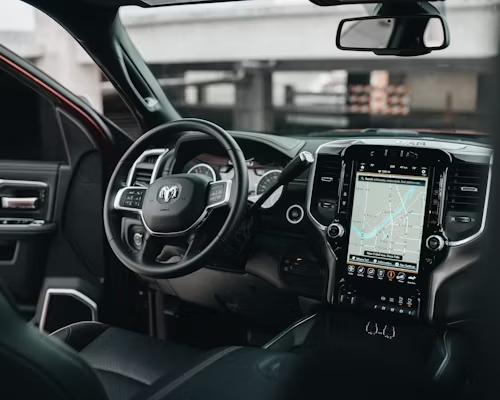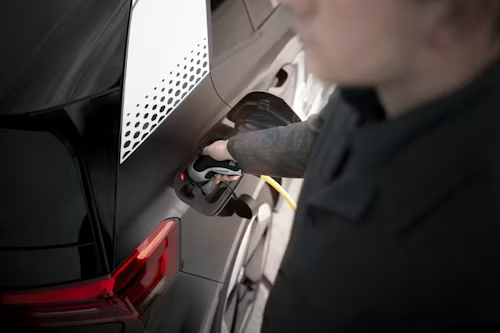The Role of Automatic Emergency Braking in Preventing Collisions

Automatic Emergency Braking (AEB) is one of the most significant advancements in automotive safety, helping to prevent collisions and save lives. This smart technology uses sensors, cameras, and AI-driven algorithms to detect potential hazards and apply the brakes if a driver fails to react in time.
1. How Automatic Emergency Braking Works
AEB systems use forward-facing sensors to monitor the road and assess potential collision risks.
- Key Components: Radar, cameras, AI-powered processing units.
- How It Works: Detects vehicles, pedestrians, and obstacles, then automatically applies brakes when necessary.
2. Reducing Rear-End Collisions
One of the leading causes of road accidents is rear-end collisions. AEB significantly reduces these incidents by reacting faster than human reflexes.
- Why It Matters: Reduces crash severity, lowers insurance costs.
- Recommended Model: Toyota Safety Sense – proven effectiveness in reducing rear-end collisions.
3. Pedestrian and Cyclist Protection
Some AEB systems are designed to detect pedestrians and cyclists, helping to prevent tragic accidents in urban areas.
- Key Features: Night vision assistance, real-time pedestrian detection.
- Recommended Model: Volvo City Safety – advanced pedestrian and cyclist detection.
4. Enhanced Highway Safety
AEB can also help prevent high-speed collisions by engaging emergency braking when vehicles ahead suddenly stop.
- Best Features: Adaptive cruise control integration, lane-keeping assist.
- Recommended Model: Honda Sensing – comprehensive highway safety features.
5. AEB in Adverse Weather Conditions
Advanced AEB systems can function in rain, snow, and fog, helping to compensate for poor visibility.
- Advantages: Reduces weather-related collisions, improves driver confidence.
- Recommended Model: Mercedes-Benz Pre-Safe – AI-enhanced weather adaptability.
Case Studies
Case Study 1: AEB Reducing Accident Rates
A study conducted by the Insurance Institute for Highway Safety (IIHS) found that vehicles equipped with AEB experienced a 50% reduction in rear-end collisions. Read more
Case Study 2: AEB in Fleet Vehicles
A transportation company reduced accident costs by 40% after installing AEB technology across its fleet. Learn more
Conclusion
Automatic Emergency Braking is a game-changer in automotive safety. As more vehicles adopt this technology, road accidents will continue to decline. Stay informed about the latest in vehicle safety at Smartcar Conversions.



